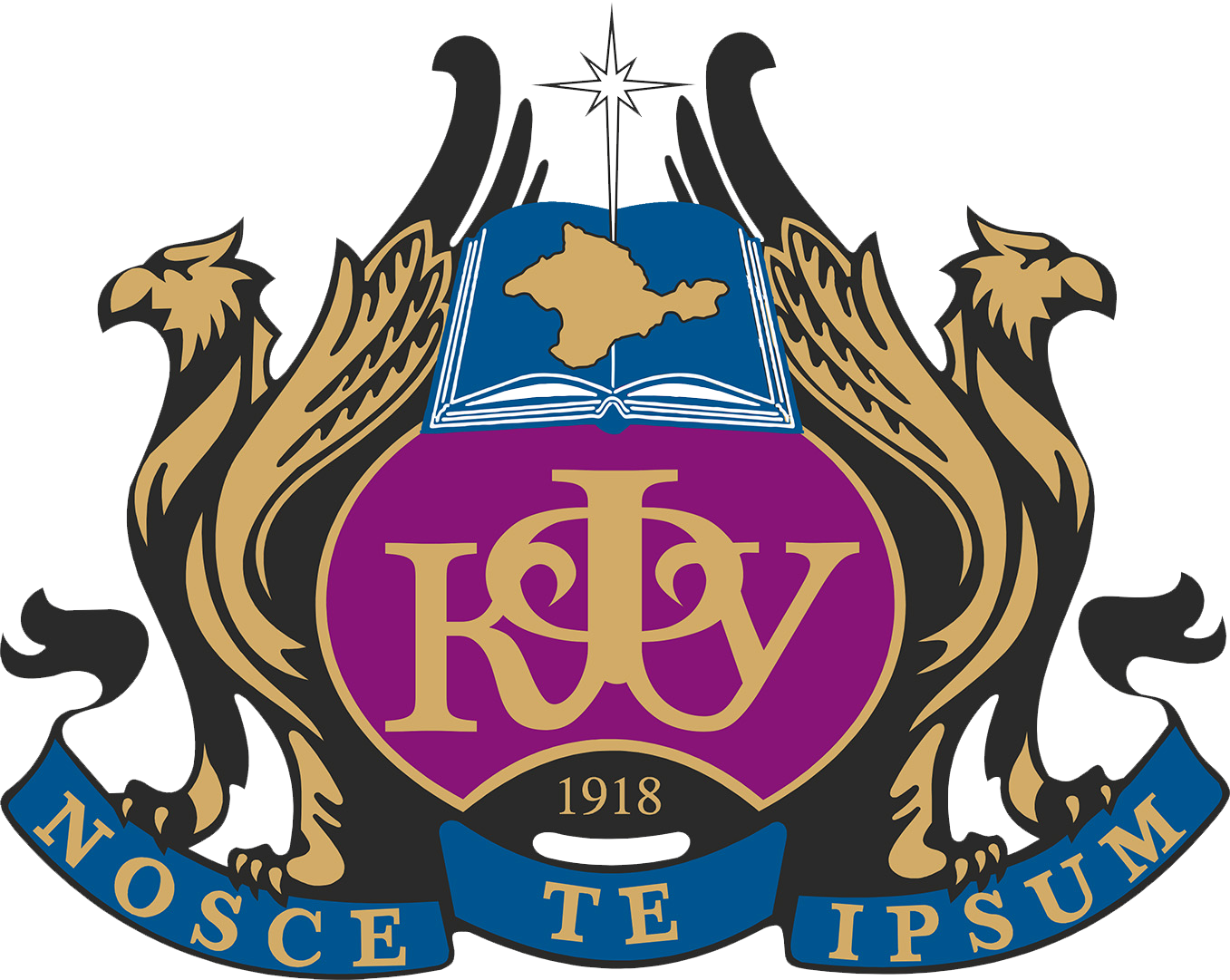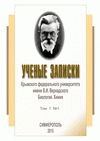The study of the role of mirror neurons in cognitive processes is a pressing problem of modern neuroscience. It is believed that mirror neurons are involved in understanding the goals and intentions of others, in motor imitation and motor learning, motor mimicry, in the implementation of higher cognitive functions (in learning and memory, empathy, social cognition, self-awareness, the formation of a model of the mental state of another person and the implementation of speech), in the perception of time and emotions, emotional communication. However, the origin of mirror neurons remains an open question. Some researchers believe that the mirror neuron system is not an innate mechanism, but is the result of learning. The aim of this study was to test the hypothesis about the important role of learning in the formation of the mirror neuron system. Methods. The study involved young men and women: monolinguals with an English proficiency level of A1 (elementary) or A2 (pre-intermediate) on the CEFR (Common European Framework of Reference) scale and bilinguals with an English proficiency level of B2 (upper intermediate) or C1 (advanced). Type of bilingualism: sequential and artificial. The participants in the experiment either silently pronounced emotional («PAIN») and unemotional words («ONE») in their native (Russian) and non-native (English) languages with their lips alone, or watched the operator pronounce the same words. The words were pronounced by the operator or the subject at the moments when the stopwatch hand on the monitor screen moved through the divisions of 0, 5, 10, etc. seconds. In this case, the stopwatch hand made 5 revolutions. Before and during the activity, the participants’ EEG was recorded monopolarly using a 24-channel encephalograph-analyzer «Encephalan-131-03» in the frontal (F3, F4, Fz, F7, F8), central (C3, C4, Cz), temporal (T3, T4, T5, T6), parietal (P3, P4, Pz) and occipital (O1, O2) leads according to the «10–20 %» system. Leads A1 and A2 were used as referents. When processing the obtained data, spectral power estimates were calculated on short segments of the EEG recording (1.5 s) free of artifacts: 1.5 seconds before the stopwatch arrow crossed the corresponding division (the «preparation» stage for the action), immediately after the stopwatch arrow crossed the division (the «execution» stage of the action) and 1.5 seconds after the stopwatch arrow crossed the division (the «background» stage). The obtained spectral power values were averaged separately for each stage of the activity, for each series and for all subjects. The «MatLab v6.5» package and the Wilcoxon test for related samples were used for statistical data processing. Results. Bilinguals (men and women) showed a more pronounced decrease in the spectral power of the mu rhythm when observing and pronouncing emotional and non-emotional words in their native and non-native languages compared to monolinguals (men and women), which indicates a more significant activation of «communicative» mirror neurons in bilinguals. Conclusion. It is assumed that the detected intergroup differences in the activation of mirror neurons are due to the fact that the acquisition of a second language was accompanied by an increase in the number of «communicative» mirror neurons in the corresponding areas of the cortex due to neurogenesis in bilinguals. The results obtained indicate an important role of learning in the formation of the mirror neuron system. However, this does not exclude the possible influence of hereditary factors on this process.
mirror neuron system, mu rhythm, observation and pronunciation of words, neurogenesis, learning
1. Bonini L. Rotunno C. Mirror neurons 30 years later: implications and applications / Bonini L. Rotunno C., Arcuri E., Gallese V. // Trends in cognitive sciences. – 2022. – T. 26, № 9. – R. 767–781.
2. Hari E. Ayna ncron sistemi ve fonksiyonlarina klinik yaklaşim / Hari E., Cengiz C., Kılız F., Yurdakoş E. // Journal of Istanbul Faculty of Medicine. – 2021. – T. 84, № 3. – R. 430–438.
3. Farina E. Mirror neurons and their relationship with neurodegenerative disorders / Farina E., Borgnis F., Pozzo T. // Journal of Neuroscience Research. – 2020. – T. 98, № 6. – P. 1070–1094.
4. Heyes C. What happened to mirror neurons? / Heyes C., Catmur C. // Perspectives on Psychological Science. – 2022. – T. 17, №. 1. – R. 153–168.
5. Rizzolatti G. The mirror-neuron system / Rizzolatti G. and Craighero L. // Annual Review of Neuroscience Volume. – 2004. – № 27. – R. 169–192.
6. Alikina M. A. Amplitudno-chastotnye, topograficheskie, vozrastnye osobennosti i funkcional'noe znachenie sensomotornogo ritma EEG / M. A. Alikina, S. A. Mahin, V. B. Pavlenko
7. Farina E. Mirror neurons and their relationship with neurodegenerative disorders / Farina E., Borgnis F., Pozzo T. // J. of Neurosci. Research. – 2020. – V. 98, № 6. – P. 1070–1094.
8. Emre H. Ayna ncron sistemi ve fonksiyonlarina klinik yaklaşim / Emre H., Canberk C., Ferhat K., Ertan Y. // Journal of Istanbul Faculty of Medicine. – 2021. – T. 84, № 3. – R. 430–438.
9. Mertensson J. Growth of language-related brain areas after foreign language learning / Mertensson J., Eriksson J., Bodammer N.C., Lindgren M., Johansson M., Nyberg L., Lcvdyn M//Neuroimage.–2012. – Vol. 63,





